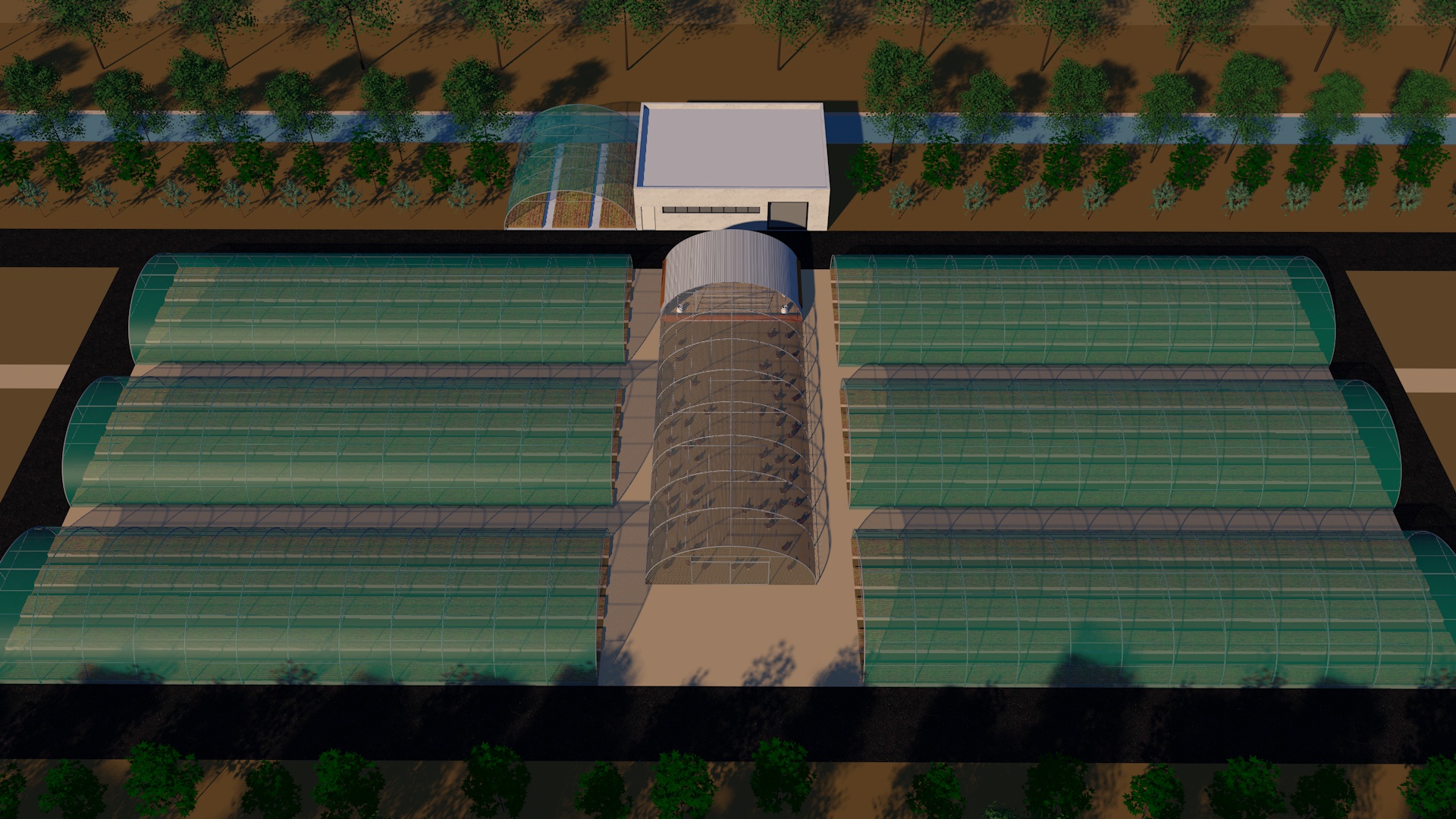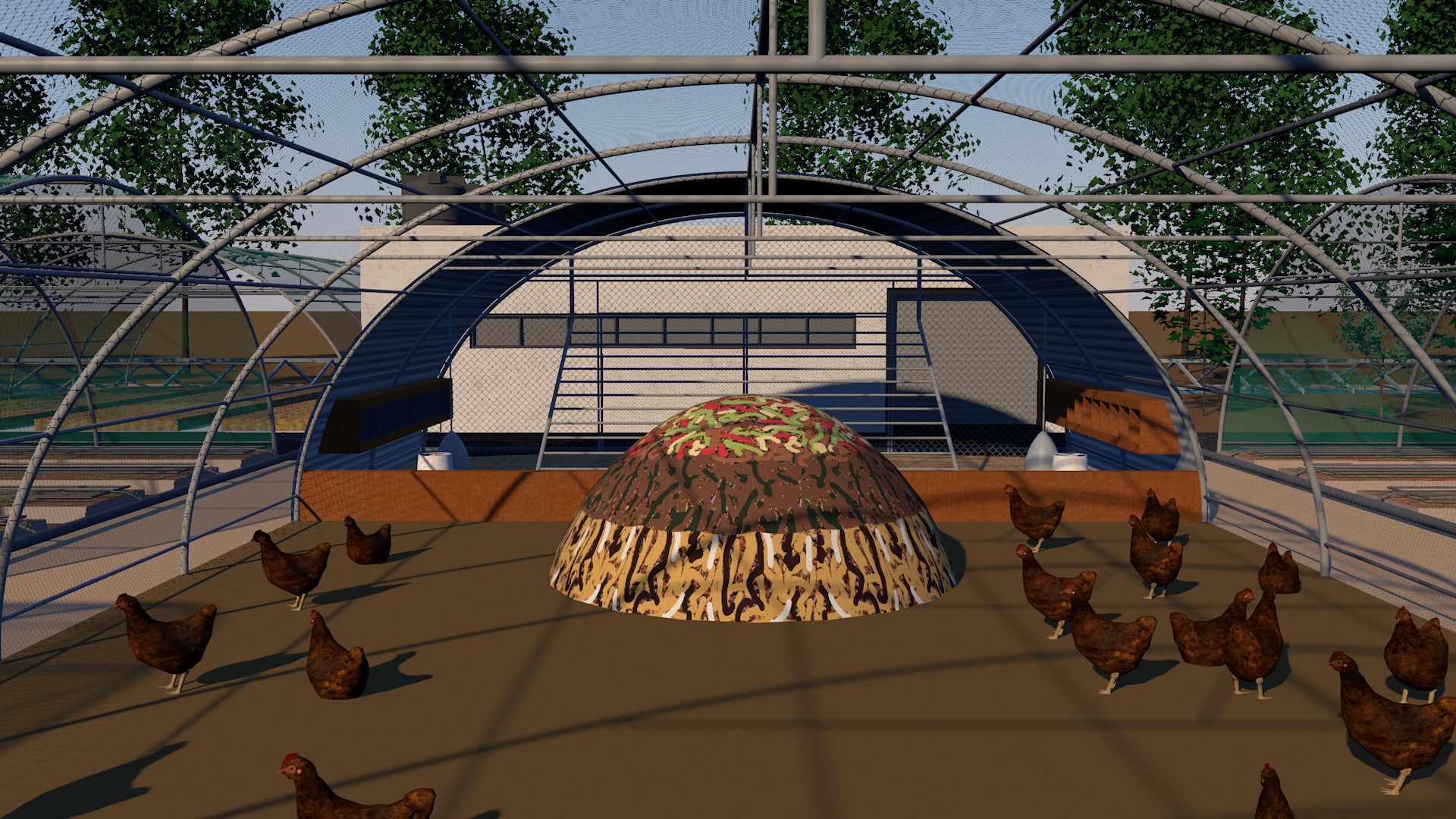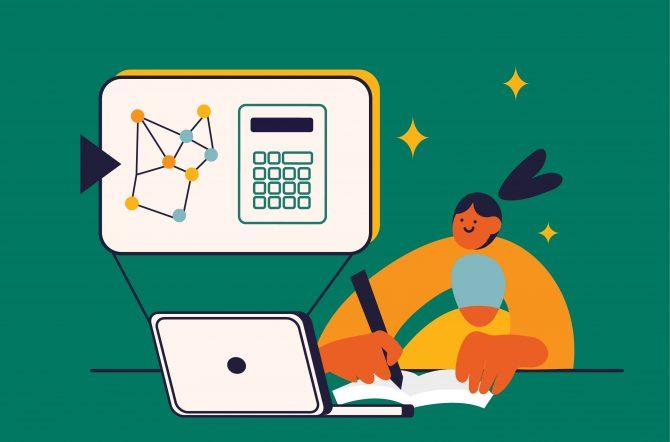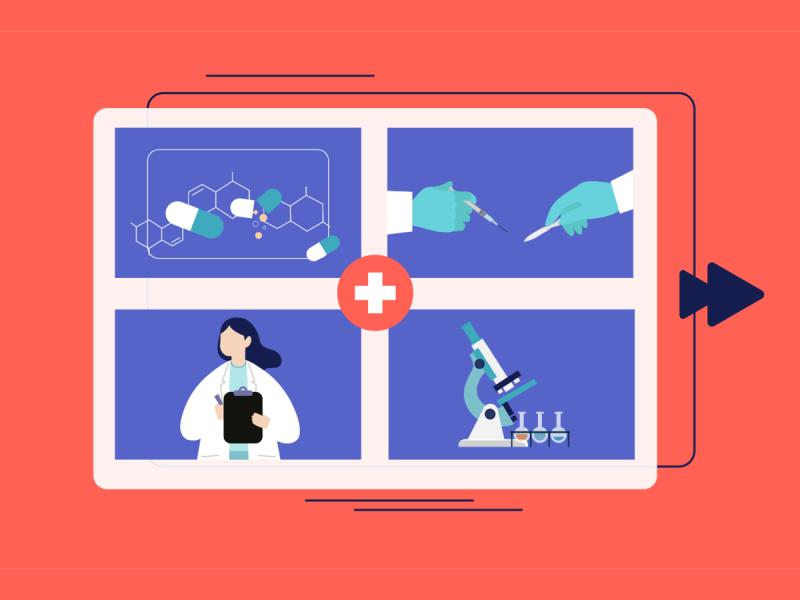Using science animation videos is the up-and-coming trend in the eLearning world. It has the potential power to transform dry scientific lessons into a refreshing and exciting experience for learners. That’s your key to delivering science to a wider audience. To prove that, we have here the 6 best examples of animated science videos. Buckle up as we take you into the future of eLearning. We hope that the list will give you some suggestions when working with an animated training video production company.
3 Types of Science Animation Videos
Animation comes in various shapes and forms, and each type has strengths and weaknesses that suit specific needs. When considering how to make science animation for eLearning, it’s essential to focus on precision and efficiency. For scientific topics, the following top three animation types can elevate your science videos effectively:
3D Animation
This type of animation best suits scientific subjects that value high accuracy, such as medical training or MOA animation. 3D animation illustrates concepts with realistic textures to provide elements of experiential learning. It helps students visualize real-life scenarios in greater detail than they ever could otherwise. However, 3D animation is costly and time-consuming to produce.
2D Motion Graphics
2D animated science videos do a fantastic job of illustrating scientific subjects with simple movements. Though it doesn’t have the depth or full angle customization as 3D animation, many businesses still resort to 2D motion graphics as a prime solution for their eLearning projects. They find this type of animation perfect for telling a story. Combined with a captivating voice-over, educators, and trainers can effectively explain abstract scientific processes and make them more appealing to everyone.
You May Also Like:
- Incorporate Animated Videos Into Teaching Science
- Top 5 animated elearning video production companies for science (Updated 2023)
Whiteboard Animation
If you’re a fan of the minimalistic style, then whiteboard animation is a match for you. It comes with a solid white background and a simple drawing style. That simplicity in nature also cuts whiteboard animation’s production cost by a lot. Though it lacks some details and colors, this type of animation is actually super effective. Your audience won’t find themselves losing track of the core information. Whiteboard animation is made to creatively simplify complicated knowledge or give instructions.
Make your online and hybrid course more engaging with simple animation guide, why not?
Ultimate Guide to Make Animated Educational Videos

6 Examples of Educational Science Animation Videos in eLearning
Check out the following prime examples of animated science videos to incorporate them into education and training!
#1 Animation For Biology Education: iCareBetter
iCareBetter is a technology company with a mission to help doctors better educate their patients on common health problems. To raise awareness of heart failure, they opted for whiteboard animation produced by F.Learning Studio. It’s the best medium to effectively explain concepts without overshadowing them with colors or motions. And it’s cost-effective, too!
iCareBetter’s video contains early signs and symptoms that may help you detect heart failure as soon as possible. In this case, choosing whiteboard animation over 3D is a smart move. It efficiently describes the heart’s structure and how it works, without showing the blood and gore.
Whiteboard animation takes the scary element out of the picture to make the video appeal to a wider audience. Sometimes, having fewer details is better.
To know more about iCareBetter’s story, visit here.
#2 Science Animation Videos about Physics And Chemistry: The University of New South Wales
The University of New South Wales is one of Australia’s leading universities. They were slowly transitioning their training courses online, even before COVID-19 happened. The university contacted us, saying they want to use 2D animation to illustrate their electrical engineering and communications courses. Above is one of the animated instructional video examples we made for UNSW
F.Learning Studio created an animated explainer video to clarify how PN junction diodes work. If you’re not familiar with physics, this mechanism happens at the molecular level, invisible to the naked eye.
For most students, the best form of illustration they see of these particles at work are motionless textbook images. Now, with 2D animation, they come alive with accurate motions and eye-catching color schemes. Students can witness first-hand the natural movement patterns or behaviors of the particles.
Read More: How to make scientific subjects fun?
#3 Animated Science Videos for Geological Training: Sedimentary Design Training
UNSW Sydney (The University of New South Wales) is moving towards a blended and fully integrated online training delivery for all their courses. The example below is one of the animation series videos for their civil engineering program. Sedimentary consists of more storytelling less of narrating the academic knowledge.
2D motion graphics greatly help to explain various processes that occur in the formation of metamorphic rock. Instead of detailed illustrations of the elements of the rock, the video focuses more on delivering the information through storytelling.
The primary purpose of this animation series is to convert the information from books to engaging animations. Therefore, storytelling is chosen as the easiest way to deliver knowledge and also to give the most natural understanding.
| Maybe you are interested in: » Science animation: How to make scientific subjects fun? |
#4 Animation for Agriculture, Biology and Soil: Permaculture Design Online Course
This program introduces practical solutions for developing abundant and sustainable ecosystems under the MOOCs guidelines. Geoff Lawton, the instructor, has produced over 700 talking-head videos for this online course. However, they were unproductive and failed to capture much attention.
In 2017, F.Learning Studio consulted Geoff on combining live-action and 2D animated videos in the courses. We worked together to integrate 330 animated learning videos with 2D motion graphics. In 2018, we decided to switch to 3D animated science videos to tackle the more complex and abstract permaculture concepts.
3D illustrators allow us to take full advantage of the angle to describe the system in greater detail. From the worker accommodations and storeroom location to the thickness of the straws for the chicken house, 3D effects painted everything with depth and thickness that couldn’t be achieved in 2D or whiteboard animation.
In permaculture, a high level of accuracy is essential. The full angle customization of 3D illustrator does a great job describing the system in detail, (from where to locate the worker accommodations to the storeroom). 3D effects also clearly show the depth and thickness of the straws placed in the chicken house.
If you’re interested in how we seamlessly combine live-action and 2D animation, check this case study.
#5 Science Animation Videos for Medical Education: Simple Nursing
Simple Nursing is one of the US leading companies in nursing educational technology. They provide eLearning courses on specialized apps and websites, covering a wide range of expertise. Mike Linares, the founder of Simple Nursing, found the need to transform the company’s core product – the nursing course – into a more engaging, understandable, yet accurate one.
F.Learning Studio provided a complete makeover for Simple Nursing’s outdated talking-head lectures, turning them into engaging animated videos instead. We added just enough animation elements to the course without overshadowing the key ideas. Animation turns the dull lectures into captivating eLearning lessons that got Simple Nursing tons of 5-star reviews and satisfied global customers.
#6 Animation For Mathematics Training: Bar Model Company
Who is attracted to animation the most? The answer is children. That’s why it makes so much sense to incorporate animation into kids’ education. The Bar Model company shares this vision with us. They use bars to solve children’s math problems, hence the name. The company had the method; what it needed was a means of delivery that could truly capture kids’ attention. That’s where F.Learning Studio came in.
Mathematics includes numerous symbols that could easily confuse most children. By leveraging animated educational videos, something that kids naturally love, we illustrated these symbols in a way that stimulates children’s interest in math.
F.Learning Studio created multiple funny and familiar characters to turn the most boring subject – Maths – into the most entertaining one. To help young learners pick up the bar model method faster, we also designed a pack of playing cards with 40 characters, which became a great teaching aid for primary classes.
Here’s a guide to producing cost-effective science animation!
Understand Your Audience
Getting hold of your audience’s insight is the first step to success. You need to know what their preferences are, what they need, and what they expect to get out of the eLearning videos. This makes sure your audience will find the information they can use in the course. It should be a clear drive throughout the project.
Write A Killer Script
A good script is the foundation of any great eLearning video. It acts as the framework for both the content and its delivery. Depending on the target audience, scriptwriters have to select a corresponding glossary. For example, if the course aims at the general public, the script for science animation videos should only include relevant information, avoiding big words and terminologies. Also, add highlights or bold text that contains important information.
Pick A Suitable Type Of Animation
As we have mentioned earlier, the three compatible types of science animation videos are 3D animation, 2D motion graphics, and whiteboard animation. From the insight you have acquired, pick the type of animation that makes the most sense for your project and audience.
Choose An Engaging Art Style
Go for a style that will wow your target audience. You know their preferences from your research, so use them to your advantage! A beautifully designed course captures student’s attention and helps them pick up information more effectively.
Add Captivating Voice-over
Voice-over introduces depth to the visuals of your science animation videos. A narration describes what happens and adds emotion as well as tone to the video. With an expressive voice actor, you can even trigger different feelings and emotions in your audience.
Creating scientific animation is not easy, as it requires a lot of expertise in script writing, illustration, and animation. So why not partner with a professional studio to make it easier? Check out these scientific production services.
Production Tips for Science Animation Videos
We have a few tips that may help increase the quality of your science animation videos!
Always Keep A Joyful Atmosphere
Teaching is all about motivating your target audience to pick up more knowledge. A less inviting learning environment can eliminate that motivation and halt students’ will to learn. Using animation and positive thoughts to lift the learning spirit will improve results.
A Little Humor Will Go A Long Way
Jokes are such a rich addition to learning. They keep the lesson fun, thus increasing its efficiency by a whole lot. Laughter also helps learners deal with stress. When they relax, they can learn faster and remember the information longer!
Leave The Animation To The Professionals
If you don’t have the tools or the expertise to create science animation videos, we suggest bringing in professionals. They have all the means ready and lots of experience in the business. Let them save you the trouble, for a reasonable price, of course! Just make sure you pick the right one.

Conclusion
Incorporating animation into educational animated science videos isn’t the latest invention in the world. However, it can be the missing piece to elevate your eLearning course to a new level. Use science animation to illustrate and explain ideas and phenomena that are invisible to the naked eye. Spread your message and values to the community in seamless motions and vibrant colors.
If you really want to see a real change in the quality of your science animation videos, F.Learning Studio – one of the top eLearning companies – is here to help. Let our teams of leading experts and creative illustrators launch you to your goals! Contact us now for a free consultation call.
- WhatsApp: (+84) 378 713 132
- Email: [email protected]
- Fanpage: https://www.facebook.com/f.learningstudio
- LinkedIn: https://www.linkedin.com/company/f-learning-studio/
Read Further:







